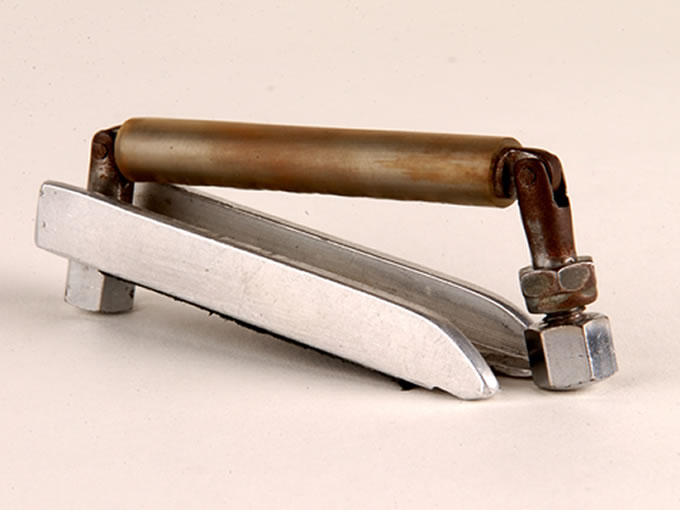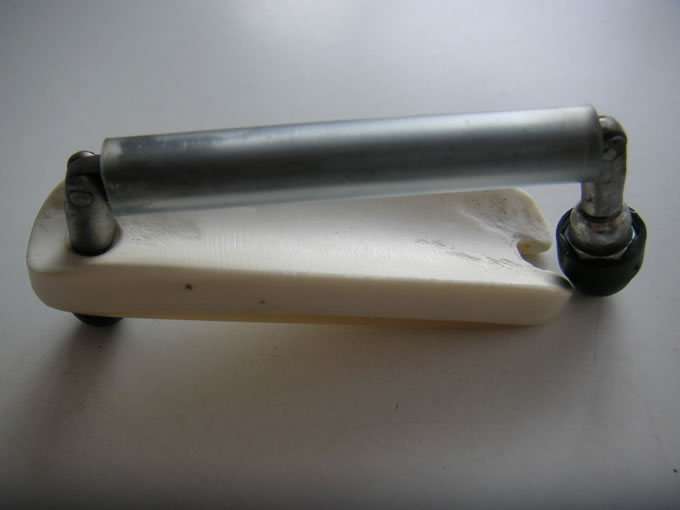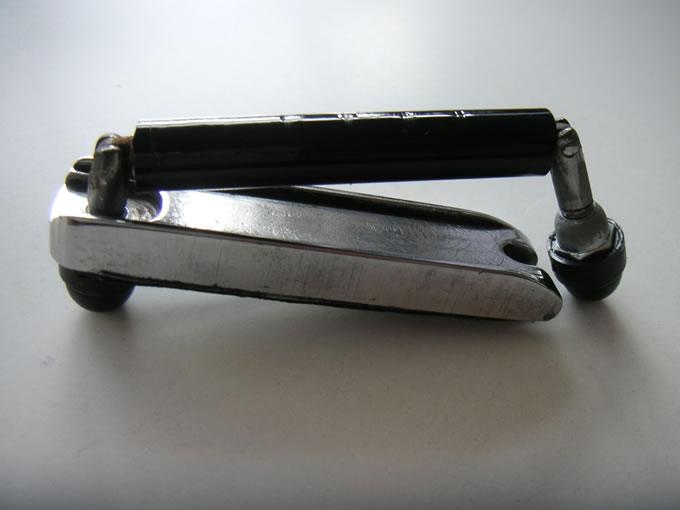
This picture shows the capo disassembled in it`s various parts. From left to right:
The capo-bar with the rubber tube that presses the strings down to the solid capo-body.
The screws for adjusting the pressure on the capo-bar.
Plastic screw-caps to protect the neck from scratches or damage.
Capo-body made of polished iron. The solid body asssures a very good tone.

The stripped down capo-body placed on the second fret without any pressure beeing applied to the strings.
The capo is sitting losely on the neck just barely touching the strings.

To demonstrate how lose the capo is positioned on the neck, I hold the instrument like a regular guitar to see if the capo-body slips off. When you can push the capo through the strings with a minimum amount of pressure then the tension is just right.

First step of the capo set-up. Tighten the screw, as shown above. The pressure on the strings is adjusted by 180 degree turns of the capo-bar. This determines the pressure you put on the bass string. To make sure you`re in tune I sugest using an electronic tuner.

Here I`m pressing down the capo-bar on the second fret with the thumb of my right hand, while picking the low G-string.
The tuner shows the low G-string is a little sharp, so I need to loosen the capo-bar a half turn and check again.

Once the string is perfectly in tune, you can tighten down the nut on the capo-bar

Tuning the first string. First of all lightly tighten the nut on the other side of the capo-bar.

Adjust the nut until the first string is in tune. Make sure you`ve got a nice clear A chord.
Take off the capo and check to see if your still in tune in G.

When finished "tuning the capo" you can cover the screws with the plastic caps. Notice the leather backing that protects the fretboard.

Generally this only needs to be done once.


After using the capo for awhile, I`d suggest re-checking to see if you`re still in tune.
The pressure on the rubber tube especially in the beginning, can vary.
-----------------------------------------------------------------------------------------------
This photos show the making prozess and close up details:
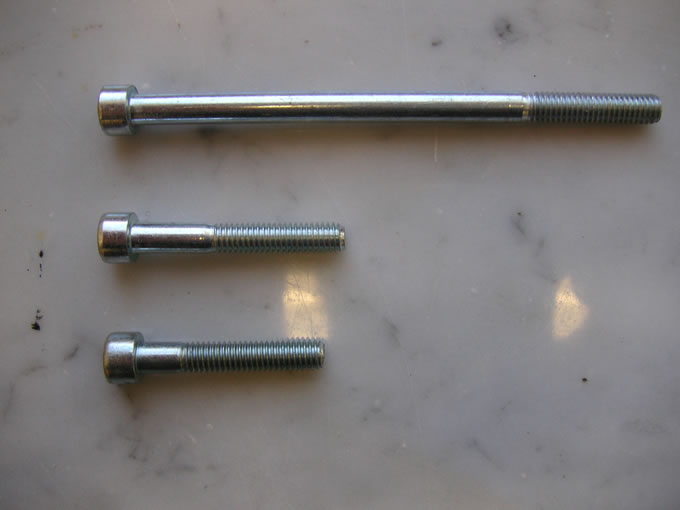
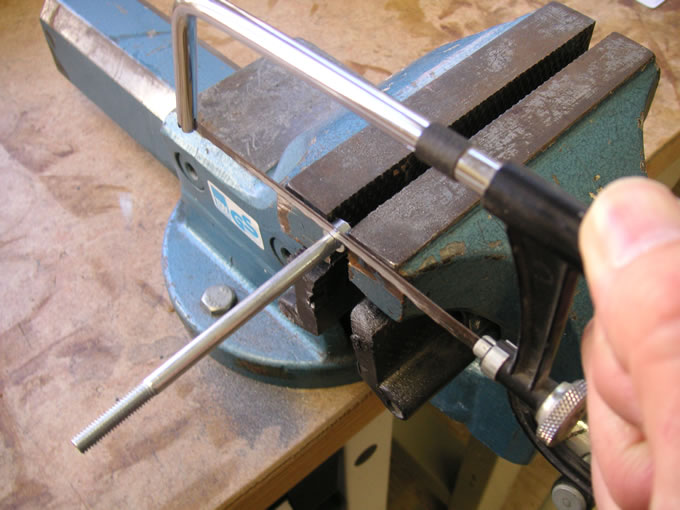
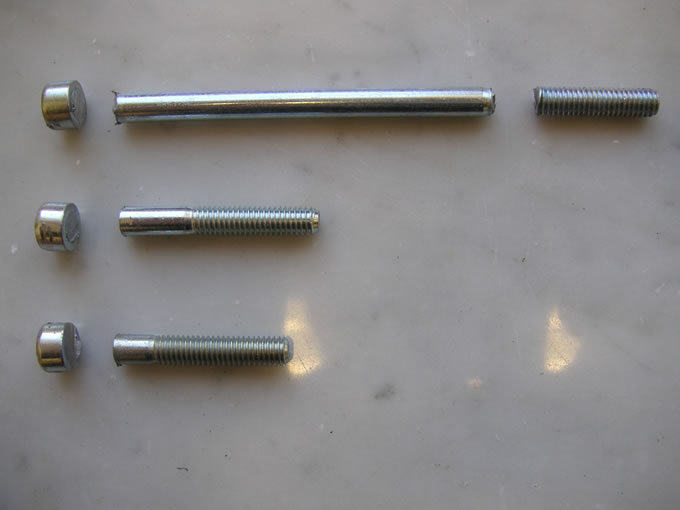
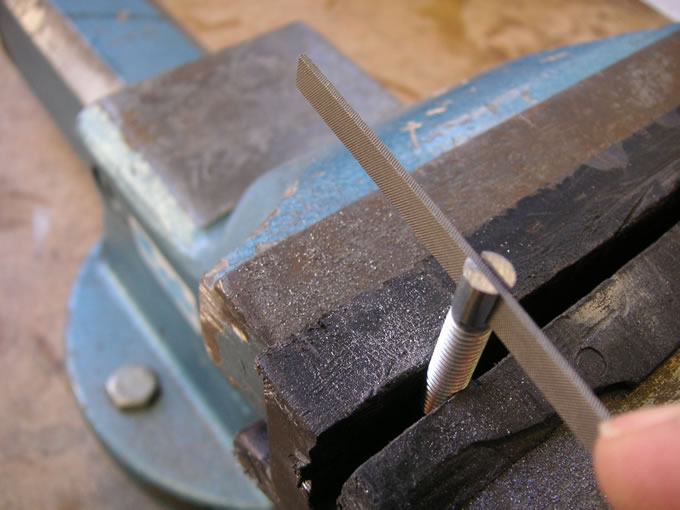

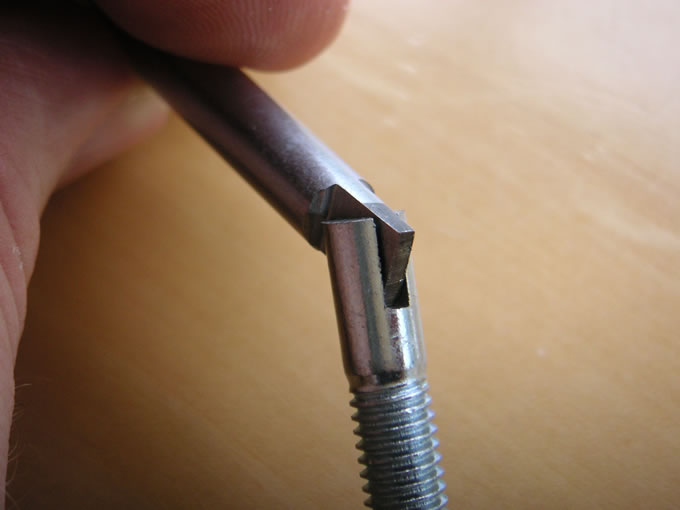
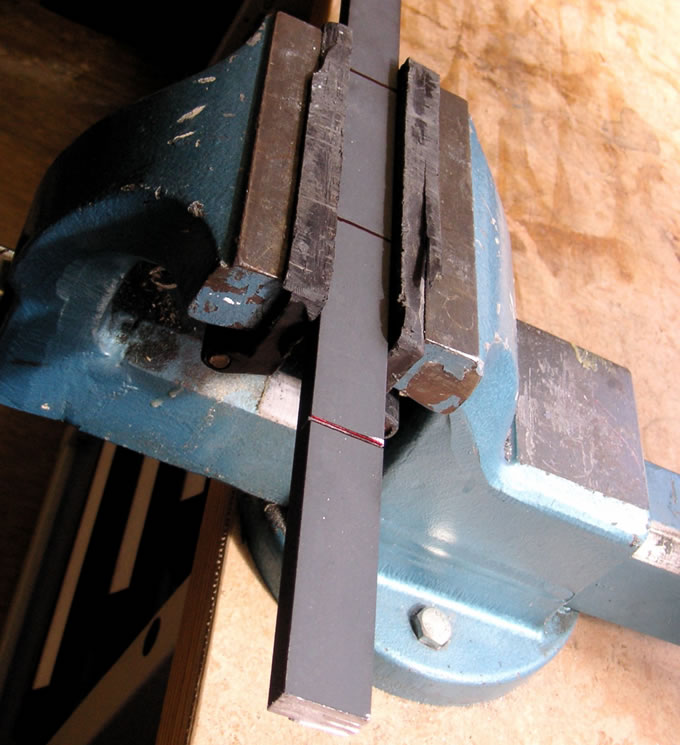
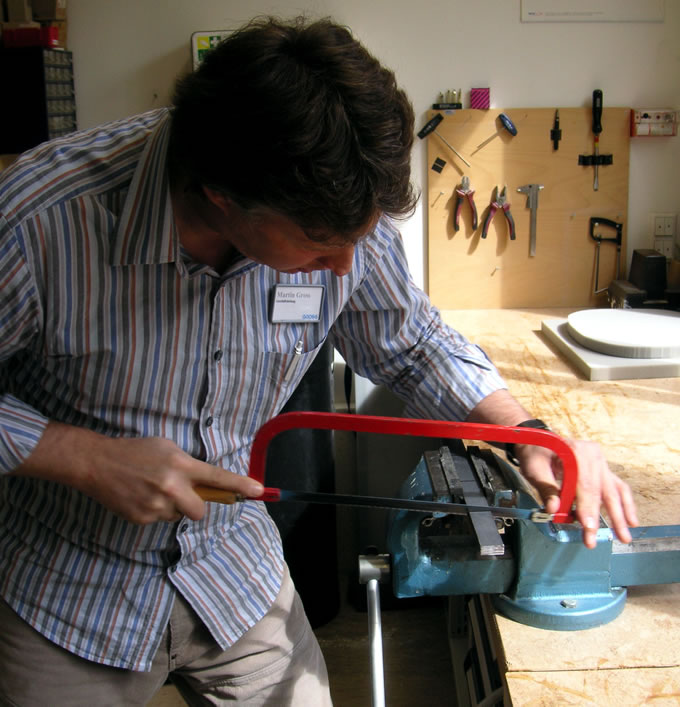
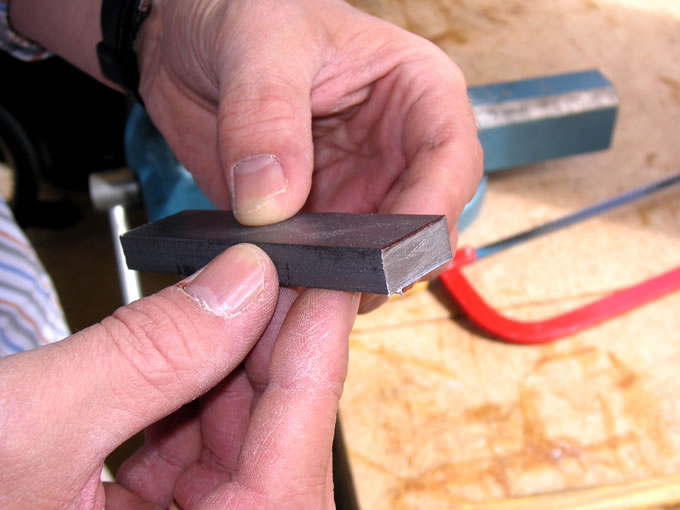
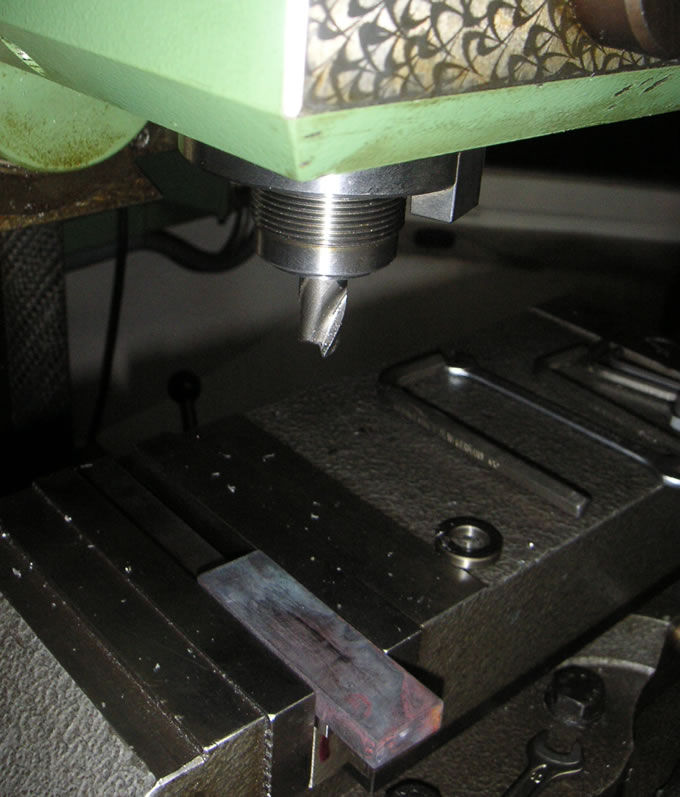
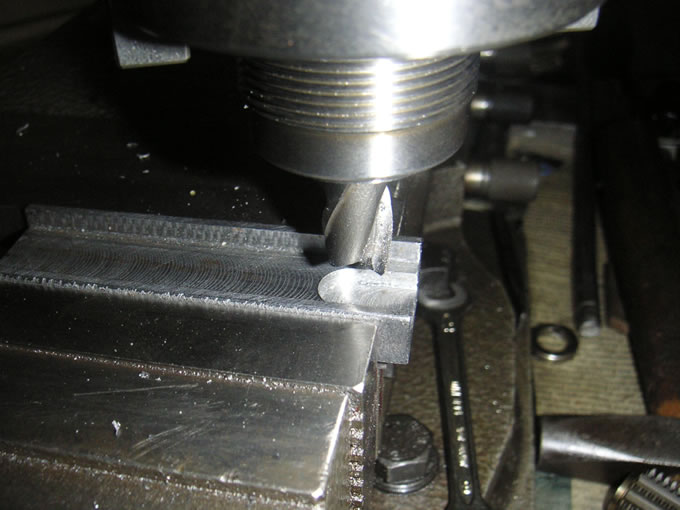
-----------------------------------------------------------------------------------------------
Following pictures show different capos I made during the past years:
